Unraveling LA’s Hydrogen Combustion Experiment
Legal Planet
MARCH 6, 2023
Hydrogen can be used for medium-to-long-term energy storage, heat and power generation, and transportation. This is partly because hydrogen production is energy inefficient and––when derived from fossil fuels––still a significant source of carbon emissions. All this is not to say there is no place for hydrogen in a clean energy future.



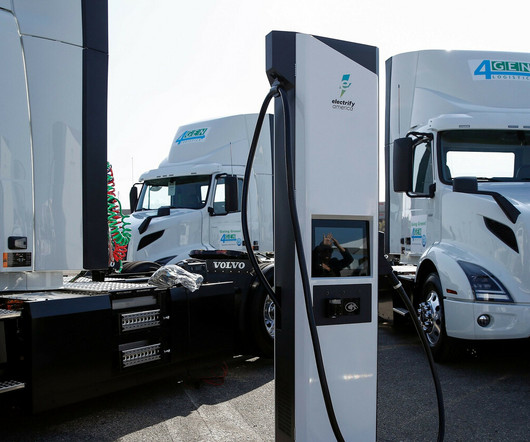
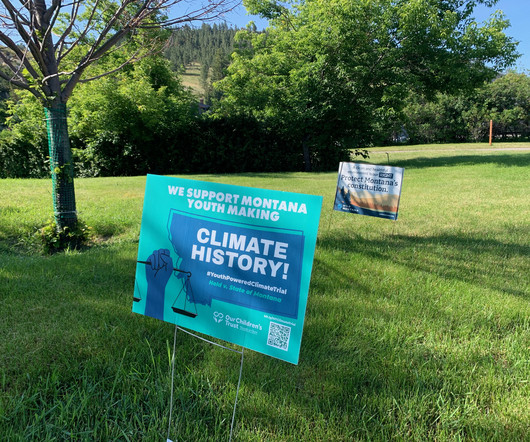



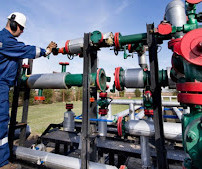


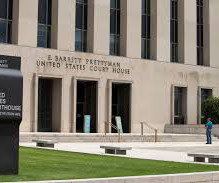


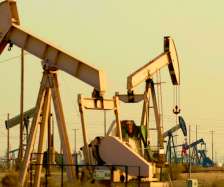























Let's personalize your content